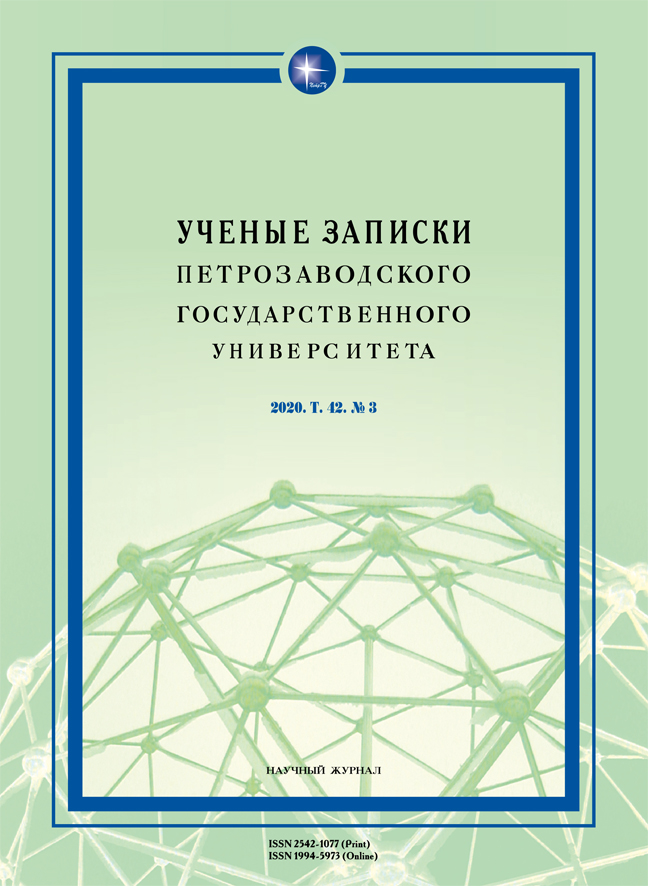РИТОРИЧЕСКАЯ ТЕОРИЯ И ПРАКТИКА М. В. ЛОМОНОСОВА В ЗЕРКАЛЕ СЛОВАРЕЙ
RHETORICAL THEORY AND PRACTICE OF M. V. LOMONOSOV IN THE MIRROR OF DICTIONARIES
Author(s): Nataliya Victorovna PatroevaSubject(s): Language and Literature Studies, Rhetoric
Published by: Петрозаводский государственный университет
Keywords: trope; figure of speech; rhetorical tradition in Russia; tropes and figures in the poetry of Baroque and Classicism;
Summary/Abstract: The question of the establishment of a rhetorical tradition in Russia is closely connected with the problem of the evolution of the Russian literary language, cultural consciousness of the era of language reforms and the role of M. V. Lomonosov’s individual style in this process. The purpose of the article is to analyze the rhetorical techniques of the main reformer of the Russian literary language of the XVIII century in the aspect of comparing the theoretical reflections presented in A Quick Guide to Rhetoric… and the real poetic practice of M. V. Lomonosov. The relevance of the study isa necessity for a systematic analysis of tropes and figure formation in M. V. Lomonosov’s works and the identification of possible discrepancies between the theoretical declarations of the theorist of the Russian verse of the era of Classicism and their embodiment in his poetic works of small and medium genres. The research novelty is that the lexico graphical data concerning the system of Lomonosov’s rhetorical techniques, interpreted in terms of grammar and linguostylistics, are introduced into scientific use for the first time. Tropes and figures of speech interpreted by M.V. Lomonosov in his works and used in his poetic works are presented in two latest dictionaries – Rhetoric of M. V. Lomonosov. Tropes and Figures of Speech and Syntactic Dictionary of Russian Poetry of the XVIII Century: Volume 2: Lomonosov. The most common figures of speech used by Lomonosov include metaphor (1275 representations), personification (253), metonymy (244), synecdoche (143), and comparison (117). Hyperbole, periphrasis, antonomasia, and allegory are much less common in Lomonosov’s odes. Some of the most active figures of speech are inversion, ellipsis, repetition (includinganaphora), rhetorical addresses, exclamations, and questions. Asyndeton and polysyndeton as well as anacoluthon and antithesis are less commonly used in the construction of periodic speech. Oxymoron, pun, and symploce are also among the Lomonosov’s rhetorical methods.
Journal: Ученые записки Петрозаводского государственного университета
- Issue Year: 42/2020
- Issue No: 3
- Page Range: 78-84
- Page Count: 7
- Language: Russian

